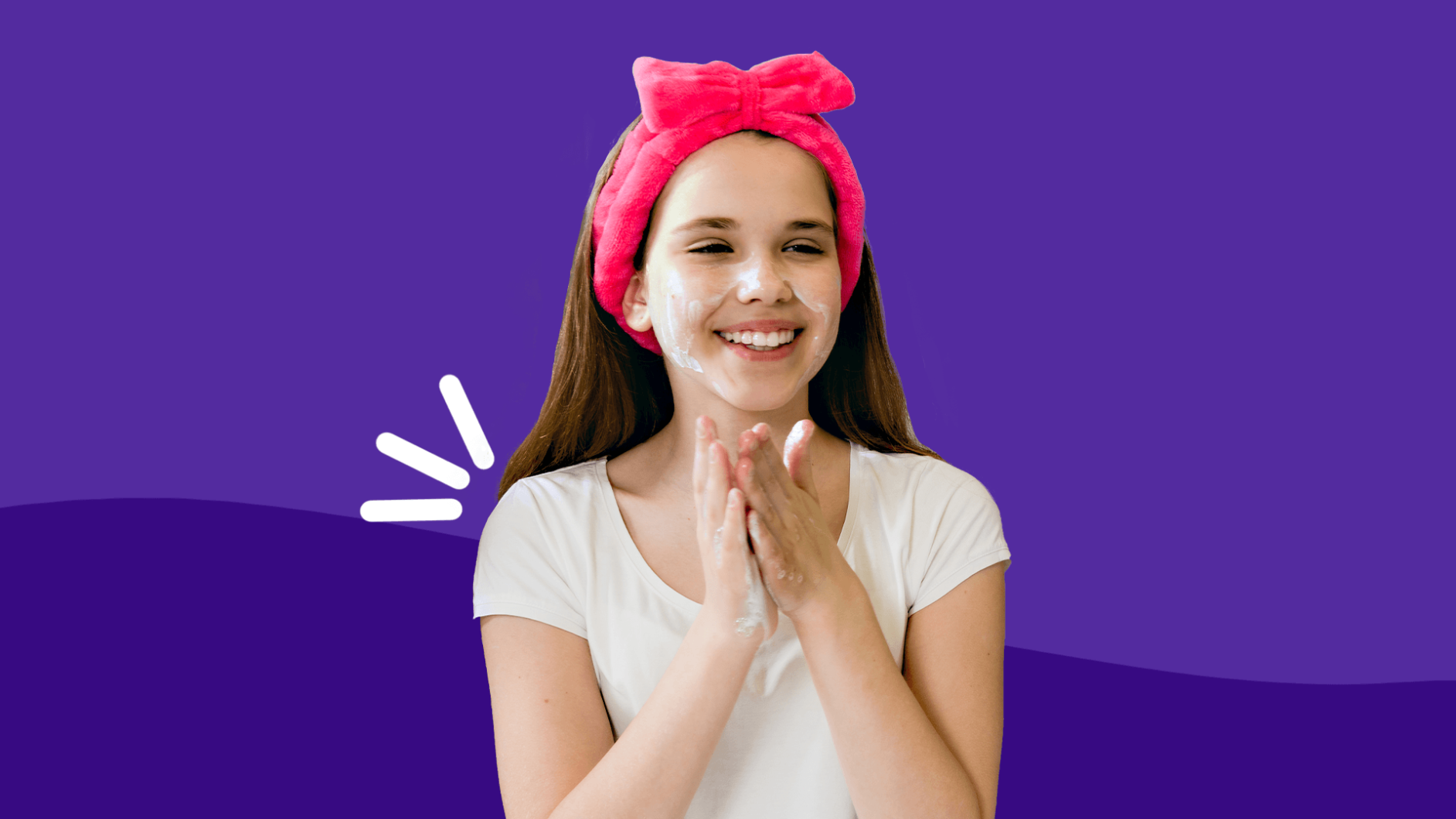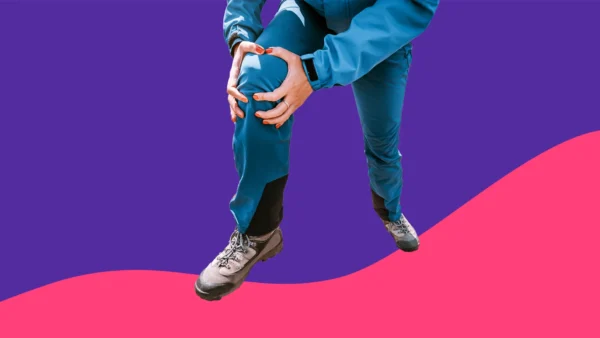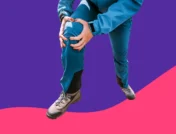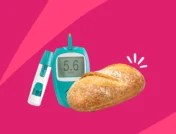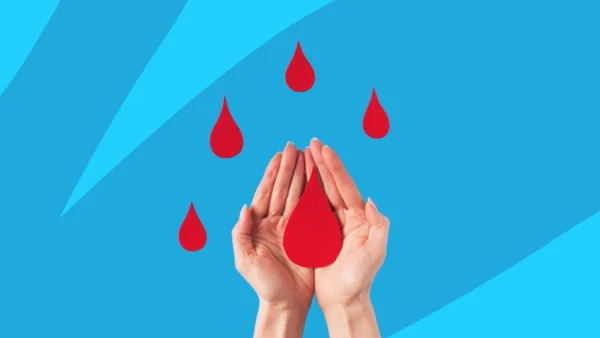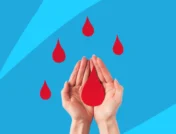Although pimples seem like a rite of passage for adolescents, acne isn’t inevitable. In fact, acne treatment for teens has evolved over the years. There are safe options available over the counter. “The strategies we use to treat acne in teens are more tolerable than in the past and not as irritating to the skin,” says Debra Jaliman, MD, a board-certified dermatologist in New York City, assistant professor of dermatology at the Icahn School of Medicine at Mount Sinai, and author of Skin Rules. “With a combination of topicals and lasers, acne has become less difficult to treat and today’s treatments are definitely more effective.”
What is teenage acne?
Acne is a chronic inflammatory skin condition that affects 50 million Americans annually, according to the American Academy of Dermatology. Acne has different forms. It can appear as blemishes like blackheads, whiteheads, pimples (aka pustules), and even as cysts. While most outgrow teen acne, it can cause embarrassment for adolescents. Social media campaigns such as #freethepimple, which launched in 2018 works to destigmatize acne and encourages teens to love their skin.
Causes of acne
Acne is attributed to a variety of factors from hormonal changes to family history. The following can trigger or worsen skin problems:
- Stress: “Stress plays a role in breakouts, since hormones, like cortisol, increase oil production and prompt acne breakouts,” says Dr. Jaliman. “Decreasing stress through meditation, exercise and other lifestyle changes can help prevent stress acne.”
- Genetics: One study found teens with a family history of acne are more prone to developing acne. The good news is even though acne is hereditary, it’s treatable. The sooner teens begin treatment, the sooner they will see results.
- Hormones: Hormonal acne is caused by fluctuations in hormones during puberty. This triggers a buildup of sebum, which can lead to whiteheads, blackheads, pimples, and cysts.
- Weather: Hot, humid, and tropical conditions make acne worse. “When it is very hot there is an overgrowth of bacteria; this tends to break the skin out,” Dr. Jaliman says. In order to beat hot weather breakouts, use lighter water-based lotions and oil-free sunscreens, keep the face clean and free of sweat, and stay hydrated.
- Certain foods and beverages: Diets high in sugar, processed foods, and dairy can contribute to acne breakouts. To combat this, aim to eat a healthy, balanced diet that includes inflammation-fighting foods such as colorful fruits and vegetables, omega-3 fat sources (such as fish and chia seeds), and unsweetened beverages like water or green tea.
“People who eat a high dairy diet or a high glycemic diet where they eat a lot of processed sugar can get acne,” Dr. Jaliman says. “In this case, we ask people to decrease their dairy intake and suggest they take calcium supplements. In the case of excess sugar, we recommend eating natural fruit sugar and eliminating chocolate, donuts, candy, white pasta, and white bread from their diet.”
Best acne treatment for teens
Most teens should have a daily skincare routine, as it is the rare teen that does not suffer from acne. To treat mild to moderate acne or occasional breakouts, start with over-the-counter (OTC) acne products. Use a gentle cleanser twice daily. Do not pick or pop pimples.
1. Cleanser
“Choose a gentle face wash that has ingredients such as glycerin, ceramides, and hyaluronic acid that don’t strip away your skin’s natural oils,” Dr. Jaliman advises. “Avoid toners with alcohol, and use micellar water instead. Stay away from products containing oils.”
2. Benzoyl peroxide
Benzoyl peroxide, which comes in many strengths and in a gel or cream, can unclog pores, treat existing acne and prevent breakouts. Benzoyl peroxide kills bacteria that causes acne and removes excess oil and dead skin cells.
3. Salicylic acid
Salicylic and glycolic acid can both be used to unclog pores. Neutrogena Oil-Free Acne Wash combines salicylic acid with a gentle cleanser to prevent and treat acne.
4. Differin
Differin (adapalene), a mild-retinol cream is another option. This treatment targets clogged pores and inflammation, clears breakouts and prevents new acne. This treatment is now available over the counter.
5. Vitamins
One study looked at the blood levels of zinc, vitamin A, and vitamin E in people who had acne and those who did not. The researchers found the levels of all these vitamins were significantly lower in those with acne and concluded that a diet rich in these nutrients might prevent or treat acne. Before taking a vitamin supplement, consult with a healthcare provider or pharmacist about appropriate dosage.
6. Topical anti-inflammatories
Products like hydrocortisone may help to reduce redness and inflammation associated with acne, but do not decrease acne.
7. Moisturizer with SPF
Wearing a daily facial SPF is important. Acne-prone skin is sensitive to the sun. Skincare treatments can also make skin more prone to get sunburned. Sunburns lead to both wrinkles and skin cancer. “Look for a brand that is non-comedogenic and shown not to clog pores,” says Dr. Jaliman. Some of the newer mineral sunscreens are oil-free and non-comedogenic products, making them a perfect option for acne-prone skin.
“If you’re not seeing results after three weeks, or you see acne scarring, you should make an appointment with a dermatologist,” says Dr. Jaliman. This can help determine if prescription-strength, severe acne treatments may provide a better solution.
8. Retinoids
At night I recommend prescription Retin A (isotretinoin) followed by a hyaluronic acid serum,” says Diane Madfes, MD, a board-certified dermatologist at the Madfes Aesthetic Medical Center in New York City. “The combination of gentle exfoliation and a retinoid, while maintaining the epidermal barrier covers all aspects of acne prevention.”
RELATED: Learn more about retinoids
9. Oral antibiotics
Typically the medications prescribed are tetracyclines, such as doxycycline, or macrolides, such as azithromycin.
10. Birth control
Combination birth control pills containing estrogen and progesterone can help with acne treatment. Ortho Tri-Cyclen, Yaz, Estrostep Fe, and Beyaz are FDA approved for acne.
11. Prescription topical treatments
In-office procedures such as chemical peels and lasers can treat acne scarring.
“In many cases, oral medication of niacin, oral antibiotics, birth control, or vitamin A may be prescribed,” Dr. Madfes says. “We work to create an individualized treatment plan for each patient.”
RELATED: Spironolactone for cystic acne
How to prevent acne
“While we can’t control our genetics and hormonal fluctuations, we can control what we put on our skin, what we eat, and our individual skincare routine,” Dr. Madfes says.
Dr. Jaliman, agrees, adding: “Keeping your face clean and making sure to cleanse and remove makeup properly before bedtime is important in keeping pimples away. Try not to touch your face with your hands since bacteria gets on your skin from dirty hands and can cause pimples.”
Other tips for treating acne include:
- Be mindful of masks. With the pandemic came masks, but Dr. Madfes says it’s possible to wear a mask, without getting acne. “Maskne comes from the rubbing in the area and extra moisture,” Dr. Madfes says. “Cleansing with mild acid cleansers and restoring the barrier with an antioxidant serum prevents the problem.”
- Wear the right makeup. “Makeup can be a wonderful way to boost self-confidence to cover acne,” Dr. Madfes says. “Always apply makeup to a clean face and look for brands that are non-comedogenic.”
- Practice healthy habits. In addition to reducing stress, getting a good night’s sleep, exercising regularly and exchanging processed foods and fast food entrees for fresh, healthy meals can go a long way in improving acne and also overall health.
- Ask your physician for help. Most physicians, including pediatricians and family physicians, treat acne often. There are many different treatments for acne. It may take six to eight weeks to see the benefit from treatment. If the first treatment does not work, try another one.
After a year without in person schooling, seeing peers for the first time can be even more difficult with acne. With these tips, adolescents can greet their friends with confidence again.



